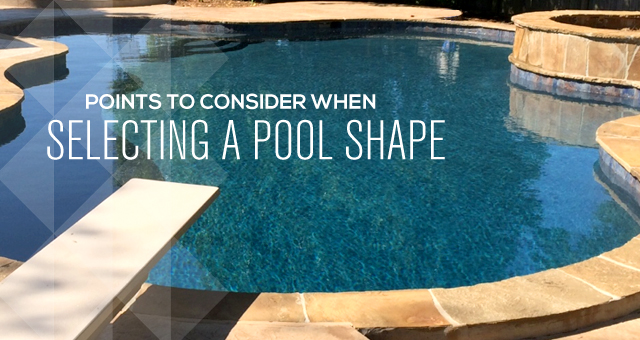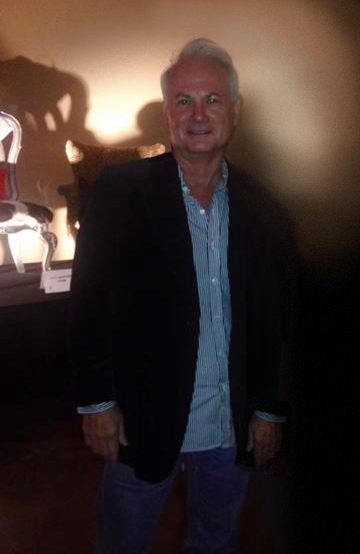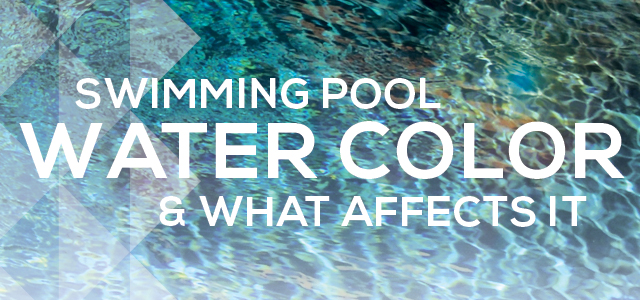
Concrete (gunite) pools have created the opportunity for unlimited customization. Pool buyers are no longer limited to cookie cutter shapes and sizes, and limited liner options. Your pool builders experience and skill is the only limiting factor to what can be created. Home owners with small yards can have pools designed specifically to fit that space. Gunite pool contractors can design waterscapes that accommodate sloped yards, and many other factors that would have prevented the installation of a traditional pool.
With a high degree of customization, comes with decisions to make when you are planning your future pool project. One of these decisions is choosing the interior "finish" of your pool. Plaster and Aggregate are the main two choices, and they each come in a variety of colors and can be accented with different types of ceramic, glass, and stone tiles to give each pool a unique look.
No matter which type of finish you decide to go with, achieving your perfect swimming pool water color is not quite as simple as picking one from a group of swatches. That’s the best place to start, and can get you reasonably close, but it’s important to be aware of the other factors that will affect the color.
You should start with an idea of the "color pallete" you want to achieve. Do you want a bright aqua or blue shade, a deeper more muted blue, a dark aqua or green etc.? Your pool designer should help you choose a pool finish color that will create the motiff you are trying to achieve, while taking into consideration the other factors that will affect the color.
One of the less controllable factors is the environment around your poolscape . Some environmental factors will change from time to time, like the weather. Your pool water is going to look considerably different on an overcast day than on a bright and sunny day. Most everyone is aware of that, and know that it’s just a temporary change that shouldn’t really affect your decision. Other environmental factors are more constant. If your yard is heavily shaded by trees or existing structures, this is going to darken whatever pool color you select. The colors surrounding the pool will sometimes reflect off of the water and affect the color as well. You’ll want to select a finish color that will harmonize well with the natural surroundings.
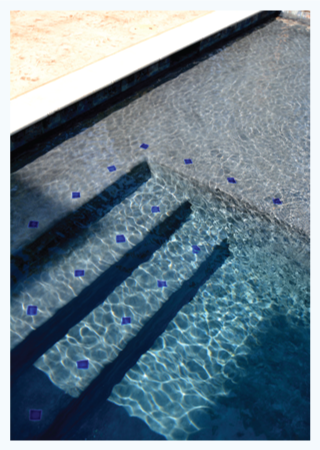
Another factor that affects water color is the depth of the pool. The more depth a pool has, the deeper the color will be. A pool with a white plaster finish will be a very light blue over shallow steps or ledges, and a deeper blue over the deepest area of the pool. The photo to the right is an example of this. Notice how the gray finish looks different on the tanning ledge than the lower steps. Adjacent hot tubs (spas) can sometimes appear lighter than the pool as well, even though the finish is the same.
Water movement can impact the color as well. A pool with a fountain or waterfall will look more vibrant because of the light prisms created by the moving water. It doesn’t exactly change the color of the water, it’s more that it adds depth and variation to the color.
The final factor that affects the color is the water itself. If the water is cloudy or if there is algae present, this will obviously change the color of the pool. Cloudy water will not reflect the light in the same way crystal clear water will and you will loose that depth and vibrance. Water that is green with algae, or yellow because of high iron levels will drastically affect the color as well. So, if your water color isn't perfect at first, don't panic, all of these scenarios can be prevented by proper water treatment and filtration. With proper water hydraulics and the right equipment, pool water today is easier to maintain than ever before.
If you would like to discuss pool finish options or schedule your no cost yard evaluation and consultation, give us a call at (501) 664-6861.
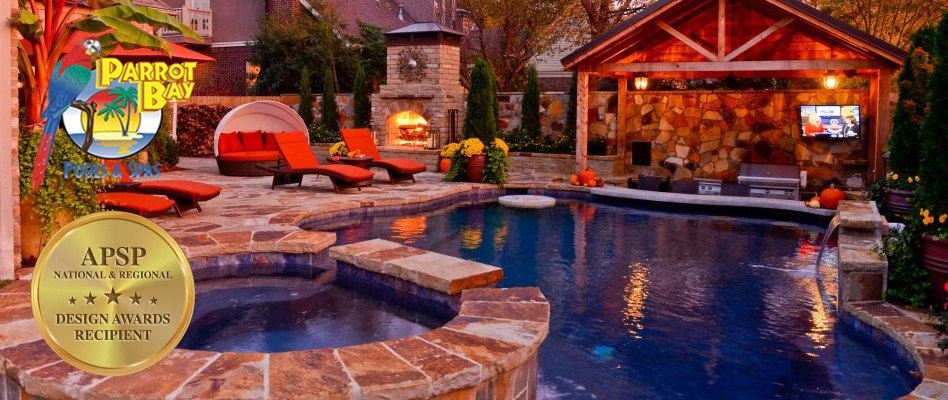
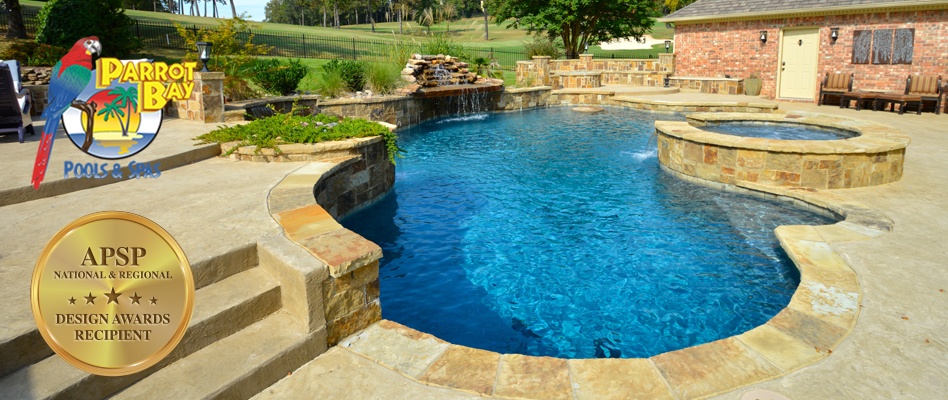
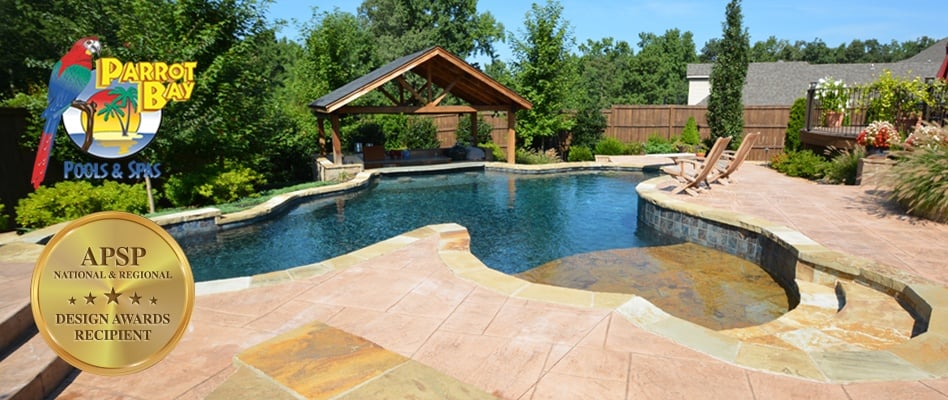
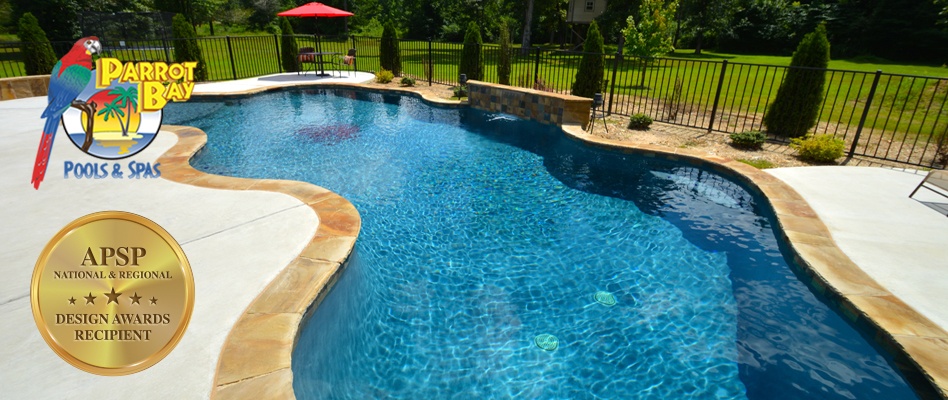
 The most basic decking is concrete with a “broom finish.” This is simply concrete that is finished by pulling a special broom across the troweled surface. This is the most economical of all decking options. If you want to take it a step further, you can have the concrete stained and sealed after the concrete has cured. Basic concrete can also be scored to give the impression of tiles or a diamond pattern.
The most basic decking is concrete with a “broom finish.” This is simply concrete that is finished by pulling a special broom across the troweled surface. This is the most economical of all decking options. If you want to take it a step further, you can have the concrete stained and sealed after the concrete has cured. Basic concrete can also be scored to give the impression of tiles or a diamond pattern.



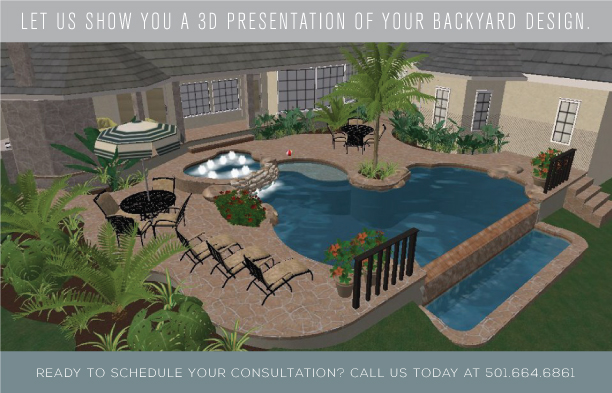

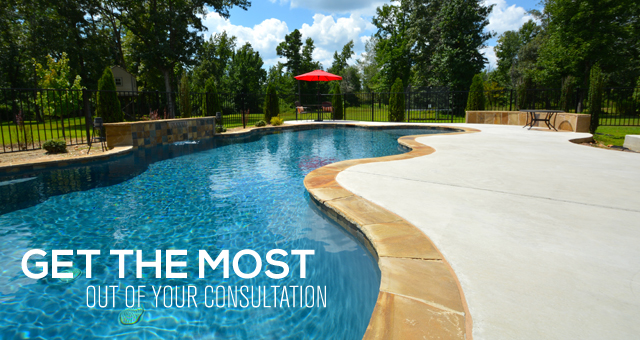

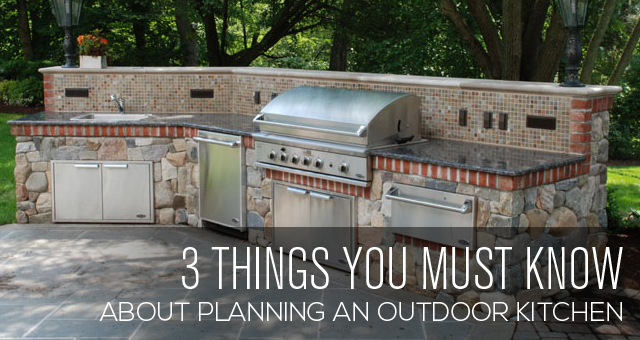


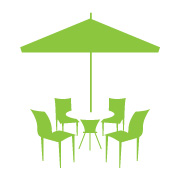 3. SEATING
3. SEATING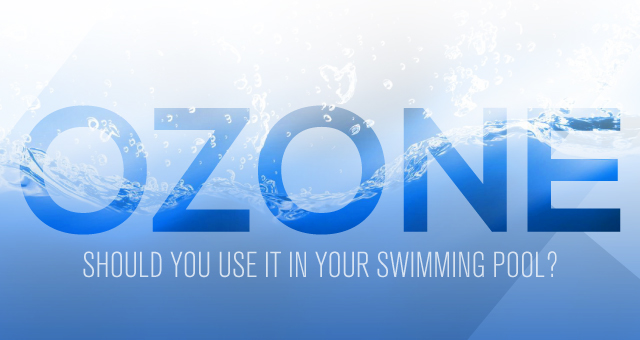

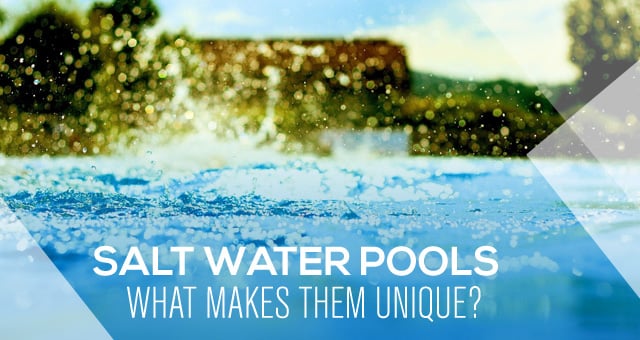
 Pros:
Pros: